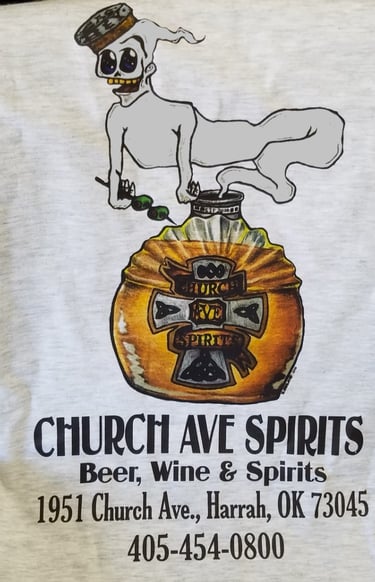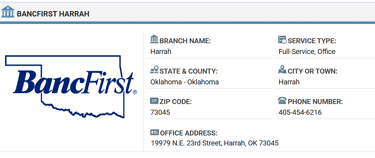Borderlands, Assimilation, and a Red River Rivalry
By Benjamin J. Bax, JD, MA
PhD Candidate, History
Swansea University @ UCO
The city of Harrah, Oklahoma, is a borderland community of nearly 5,100 residents located in Oklahoma County along the North Canadian River originally settled by Ten Polish families during 1891–92. These families also established St. Teresa of Avila Catholic Church, which helped unify the Polish community. The location of Harrah within the Potawatomi reservation, along with white settlement as part of the Land Run of 1891, resulted in three distinct cultural groups in this area: Polish Catholic immigrants, white Protestant Americans, and Native Americans from the Citizen Potawatomi Nation who primarily practiced Catholicism. Although the Polish community experienced a resurgence of ethnic pride in the late 1970s and early 1980s along with a formal celebration of the city’s Polish history in the 1990s, Oklahoma Polonia is only a distant memory in Harrah. Despite its previous ostracism and persecution as a white ethnic group, I argue the Polish community assimilated into mainstream white American society due to its proximity to Oklahoma City, lack of control of local political institutions, and the privilege it enjoyed. As a comparison, Polish communities in Texas have been able to maintain their cultural identity because of their isolation. In contrast, the Citizen Potawatomi Nation in and around Harrah has been able to retain its identity because of its status as a separate sovereign, its tribal political institutions, and the lack of privilege to fully assimilate into mainstream white American. My research examines resurgence of Polish ethnic identity in Harrah during the 1980s, its peak in the 1990s, along with its subsequent decline at the turn of the century. Further, I examine the legacy of Polonia in Harrah and compare it to its fellow borderlands community in the area, the Citizens Potawatomi Nation, and its sister Polish community south of the Red River in Panna Maria, Texas.














